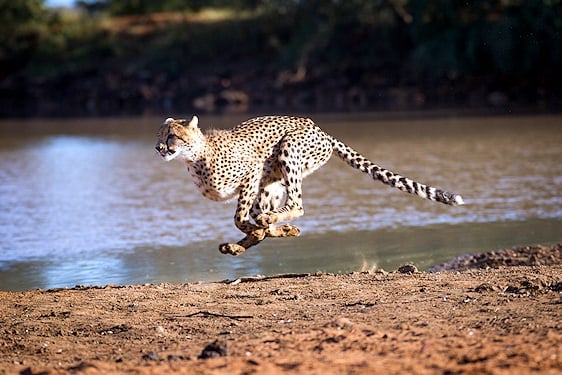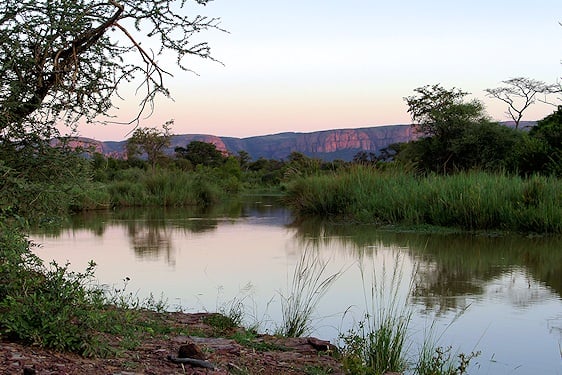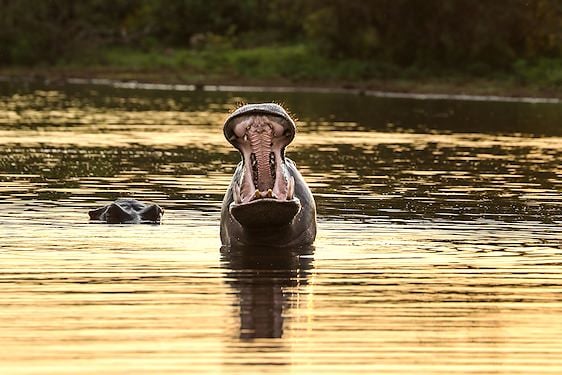- Home
- >
- African Travel
- >
- South Africa
- >
- National Parks
- >
- Kruger National Park
- >
- Mammals
- >
- Banded Mongoose
Description
The banded mongoose is a small, social carnivore recognized by the dark and light bands that run across its back to the rump and tail. Diurnal and highly gregarious, it forages together on savanna and woodland edges, often around termite mounds. Packs move briskly while probing for invertebrate, communicating with soft calls and frequent scent marking.

Distribution
They are found in scattered stretches throughout Sub-Saharan Africa as far north as Sudan. Banded mongoose occurs widely in South Africa. They inhabit Zambia, Mozambique, Zimbabwe, parts of Botswana, Namibia, Angola, and more east in Tanzania, Malawi, Kenya, and parts of Ethiopia. Like other species of mongoose, the banded mongoose is absent in the harsh stretch of the Namib Desert that runs along the coastline.

Status
Banded mongoose are assessed as Least Concern by the IUCN; they are widespread across Sub-Saharan Africa with variable local densities, including protected areas such as Serengeti and Queen Elizabeth National Park.

Habitat
They are common near termite mounds and water where prey is abundant. Savanna with scattered trees and woodland edges are typical settings. Unlike dwarf mongoose, this species avoids long periods in open terrain, favoring undergrowth for cover. Diet is dominated by invertebrate—especially termite, beetle, and millipede—and they den in multi-entranced termitaria or other burrows.

Social Organization
Groups typically number around 20 individuals and may exceed 35. There is no single reproductively dominant pair; several females and males may breed within a pack. Older, experienced animals often lead, and home ranges commonly cover about 80 hectares (0.8 square kilometers).
Finest Safari Areas in Africa for Encountering Banded Mongoose
We recommend the following national parks and private reserves for the best chances of spotting the banded mongoose on safari game drives and bush walks.

Social Behavior
These territorial animals are active by day, drinking, grooming, mating, and flipping stones and bark for prey. A sentinel often checks for danger before the pack emerges. Foraging walks may cover several kilometers. They will crack encased prey by throwing it against hard “anvils,” a simple tool-use behavior.

Reproduction
Births can occur year-round and often align with rains. Gestation is about two months, litters average around four pups, and females can breed multiple times per year from roughly 11 months of age.

Anti-Predator Behavior
Banded mongoose are notable for coordinated mobbing. Standing upright and swaying in unison, a pack may intimidate larger enemies; this display can also be directed at non-carnivores that approach pups or den sites.












